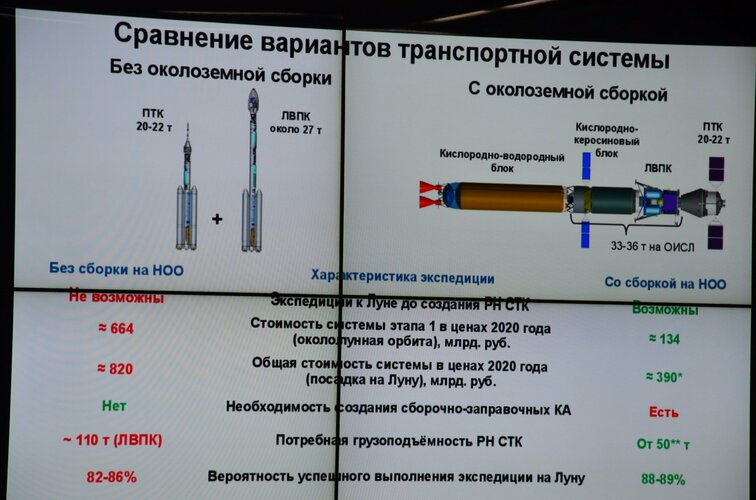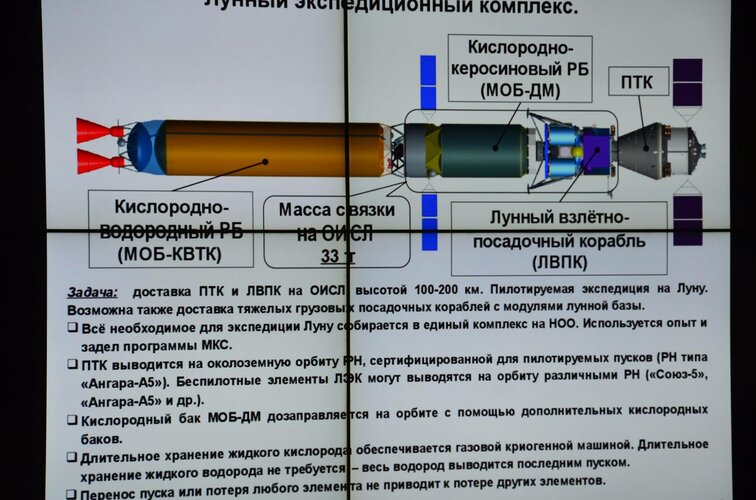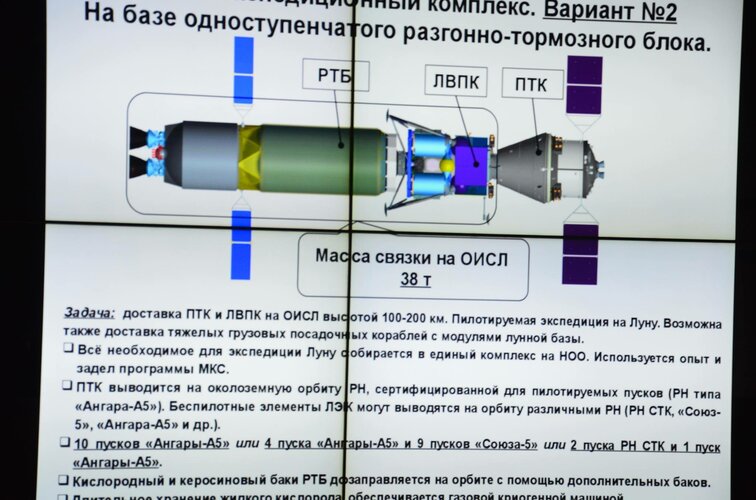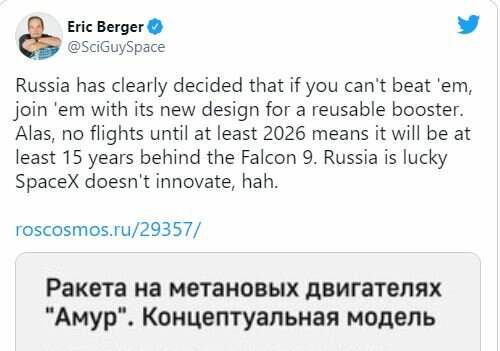OneWeb spacecraft arrived at Vostochny
The spacecraft of the British company OneWeb arrived at the Ignatievo airport (Blagoveshchensk) on an An-124-100 aircraft. Specialists of the Vostochny Space Center (a branch of the Center for Operation of Ground-Based Space Infrastructure Facilities, part of the Roscosmos State Corporation) have already transported them to the Vostochny Cosmodrome, where they will be prepared for the launch scheduled for December 2020 on the Soyuz-2.1 carrier rocket b "with the Fregat upper stage.
This launch will be the first fully commercial from Vostochny. In addition, it will also be the first launch for OneWeb by the French company Arianespace from this launch site. Glavkosmos (a subsidiary of the Roscosmos State Corporation) is responsible for launching OneWeb vehicles using Soyuz-2 launch vehicles under contracts with the French company Arianespace and the Russian-French Starsem.
On November 2, 2020, two dispensers and auxiliary ground equipment were delivered to Vostochny for OneWeb spacecraft. From November 12 to December 1, in accordance with the technological schedule, work is underway to refuel the Fregat upper stage, after which it will be delivered to the assembly and test building for the assembly of the space warhead.
Currently, the constellation of OneWeb satellites in low Earth orbit numbers 74 spacecraft, with hundreds of others planned to be launched. The first six OneWeb satellites were launched on February 28, 2019 from the Guiana Space Center (French Guiana) using the Soyuz-ST launch vehicle and the Fregat upper stage. Another 34 satellites were launched into orbit on February 7 and March 22, 2020 from the Baikonur cosmodrome using Soyuz-2.1b rockets and Fregat upper stages. The upcoming launch should bring the number of OneWeb satellites in Earth orbit to 110 units.
LEO OneWeb spacecraft are designed to provide terrestrial consumers with high-speed Internet directly via satellite communications.
Космические аппараты британской компании OneWeb прибыли в аэропорт Игнатьево (г. Благовещенск) на самолете Ан-124-100. Специалисты Космического центра «Восточный» (филиал Центра эксплуатации объектов наземной космической инфраструктуры, входит в состав Госкорпорации «Роскосмос») уже...

www.roscosmos.ru


 arstechnica.com
arstechnica.com
 russianplanes.net
russianplanes.net








